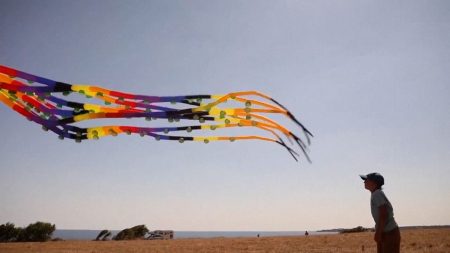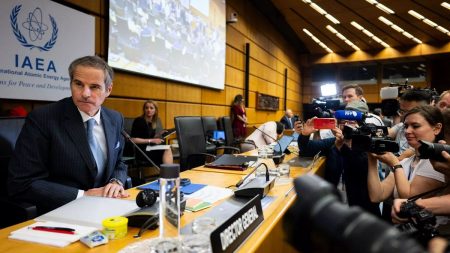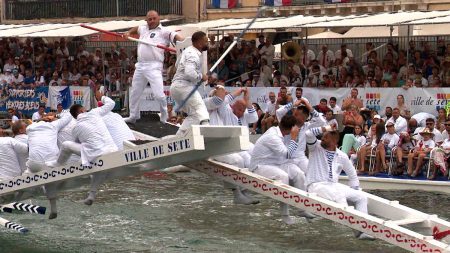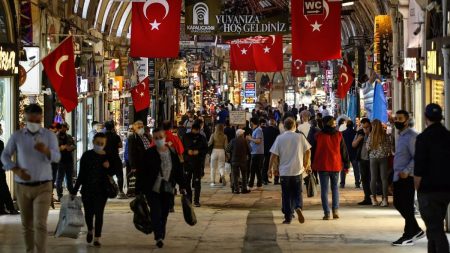The third edition of the Pamplonada Rímense, a Peruvian adaptation of the renowned Spanish Running of the Bulls, unfolded in Lima on February 2nd, 2025. Mirroring the famed Pamplona event, the Pamplonada Rímense saw participants testing their nerve and agility against charging bulls. The historic Plaza de Toros de Acho, a bullring steeped in tradition dating back to 1766, served as the dramatic backdrop for this exhilarating yet controversial spectacle. While the event transpired with relatively few incidents, three participants sustained minor injuries, highlighting the inherent risks involved in this adrenaline-fueled pursuit.
The Pamplonada Rímense taps into Peru’s deep-seated cultural affiliation with bullfighting, a tradition particularly prominent during the annual Señor de los Milagros festival. This festival, also held at the Plaza de Toros de Acho, underscores the bullring’s significance as a focal point for cultural expression and celebration. The Pamplonada Rímense, while a more recent addition to the Peruvian cultural landscape, draws upon this historical context, positioning itself as a modern iteration of a time-honored practice. However, the event’s existence also reignites the ongoing debate surrounding the ethics of bullfighting and its place in contemporary society.
The Running of the Bulls, both in its original Pamplona form and the Peruvian adaptation, has garnered both fervent supporters and staunch critics. Proponents emphasize the cultural significance of the event, highlighting its historical roots and its role in preserving tradition. They argue that the event provides a unique spectacle, showcasing courage, skill, and a deep connection to cultural heritage. For many participants, the experience represents a thrilling test of bravery and an affirmation of their cultural identity.
Conversely, critics argue that the event perpetuates animal cruelty and normalizes the exploitation of animals for entertainment. They point to the inherent dangers posed to both humans and animals, arguing that the potential for injury and suffering outweighs any cultural or historical justifications. Animal rights organizations have consistently voiced their opposition to such events, advocating for alternative forms of cultural expression that do not involve the exploitation of animals.
The three reported injuries during the third Pamplonada Rímense underscore the inherent risks associated with this type of event. While the injuries were classified as minor, they serve as a reminder of the potential for more serious harm. The debate surrounding the safety and ethical implications of bullfighting extends beyond individual events to encompass the broader question of animal welfare and the responsibility humans have towards other living beings.
The Pamplonada Rímense represents a complex intersection of tradition, culture, and ethical considerations. While the event provides a platform for cultural expression and celebrates a historical practice, it also raises critical questions about the ethical treatment of animals and the potential for harm. As the debate surrounding bullfighting continues, events like the Pamplonada Rímense will undoubtedly remain a focal point for discussions about cultural heritage, animal welfare, and the evolving relationship between humans and the animal kingdom.














